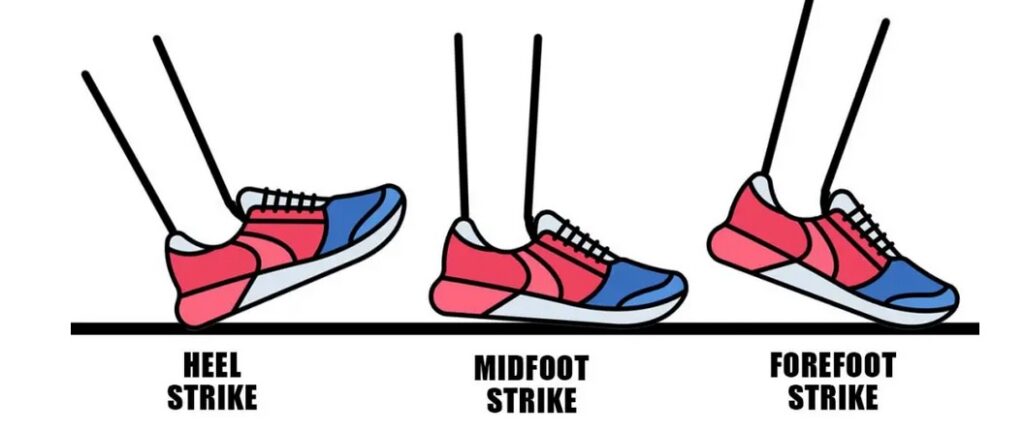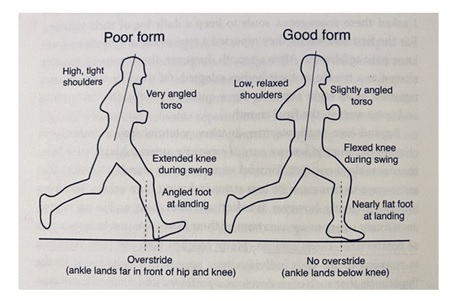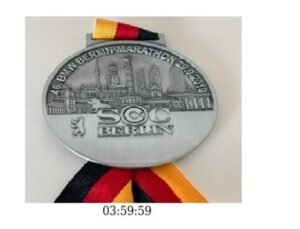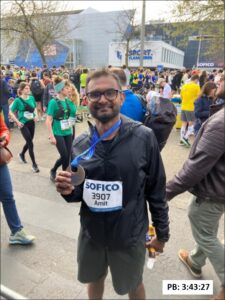Through the last couple of years, I have experienced some pain in my shoulder blade after running the first few kilometers. At first it seemed odd to me that a sport that uses legs can cause shoulder pain. You can attribute the last statement to my lack of knowledge. But then I started to do some digging. I thought it would be useful to share some of the insights here.
Running uses the entire body and even though it is the legs which are hitting the ground, the entire body is moving along and needs to be pushed forward. If there is not a proper rhythm to the movement it can cause aches/pains in parts of the body which are part of the overall movement. The neck and shoulder muscles especially work hard in ensuring we have an upright posture while running. And I identified that the most common reason (and true in my case) for shoulder pain while running is having a forward leaning posture making the shoulder and neck muscles work harder to maintain an upright position and a goof running form. I found the below visual very useful in understanding the right running form.
Breaking it down by body parts:
- Posture: The right posture allows you to move the body forward efficiently, whereas a bad posture generally leads to getting tired quickly during the run. General good practices include:
- Keep the head up and looking forward instead of down at the road. This is my major problem as I tend to look down at the road after a few minutes. I try to constantly remind myself to look straight at the horizon. Still WIP and can take some time to change.
- Keep the body straight and upright instead of leaning forward (as shown in the picture)
- Relax shoulders instead of keeping it tight/tense
- Arms: Elbows should be ideally bent at right angles with gentle swing to keep the running momentum
- Foot Strike: There are 3 different kinds of foot strikes: front foot strike, midfoot strike and heel strike. Front foot strike is mostly used by Sprinters while most of long distance amateur runners are heel strikers. I think it is fine to continue using your natural foot strike. Changing it can feel un-natural which may also lead to injuries. But at the same time, it is important to understand which part of the leg takes most impact based on your foot strikes.
- With a front foot strike there is excess strain on the calf and Achilles tendons therefore important to do strengthening exercises for these parts if you belong to this group
- As the name suggests, mid-foot strike happens when middle of the foot strikes the ground first. Since the impact is evenly distributed across the foot it is considered good for long distance running. In my experience it is hard to become a mid-foot striker if you are naturally not one. I tried and failed.
- Heel strikers usually need to take care of their knees and shins due to high impact with a natural tendency to over-stride (foot strike occurs ahead of the body). I am a heel striker and have overcome this tendency to over-stride. To do this, I consciously reduced my stride length and increased my running cadence (number of strides per minute) from around 165 to 170+. Higher running cadence allows you to strike the foot closer to the body and therefore reduces the tendency to over-stride. Again, this takes time and requires regular monitoring and specific runs focused on running cadence.

Above all it is important to mix strength training with running and especially core strengthening exercises such as planks and crunches to continue running strong without injuries.




